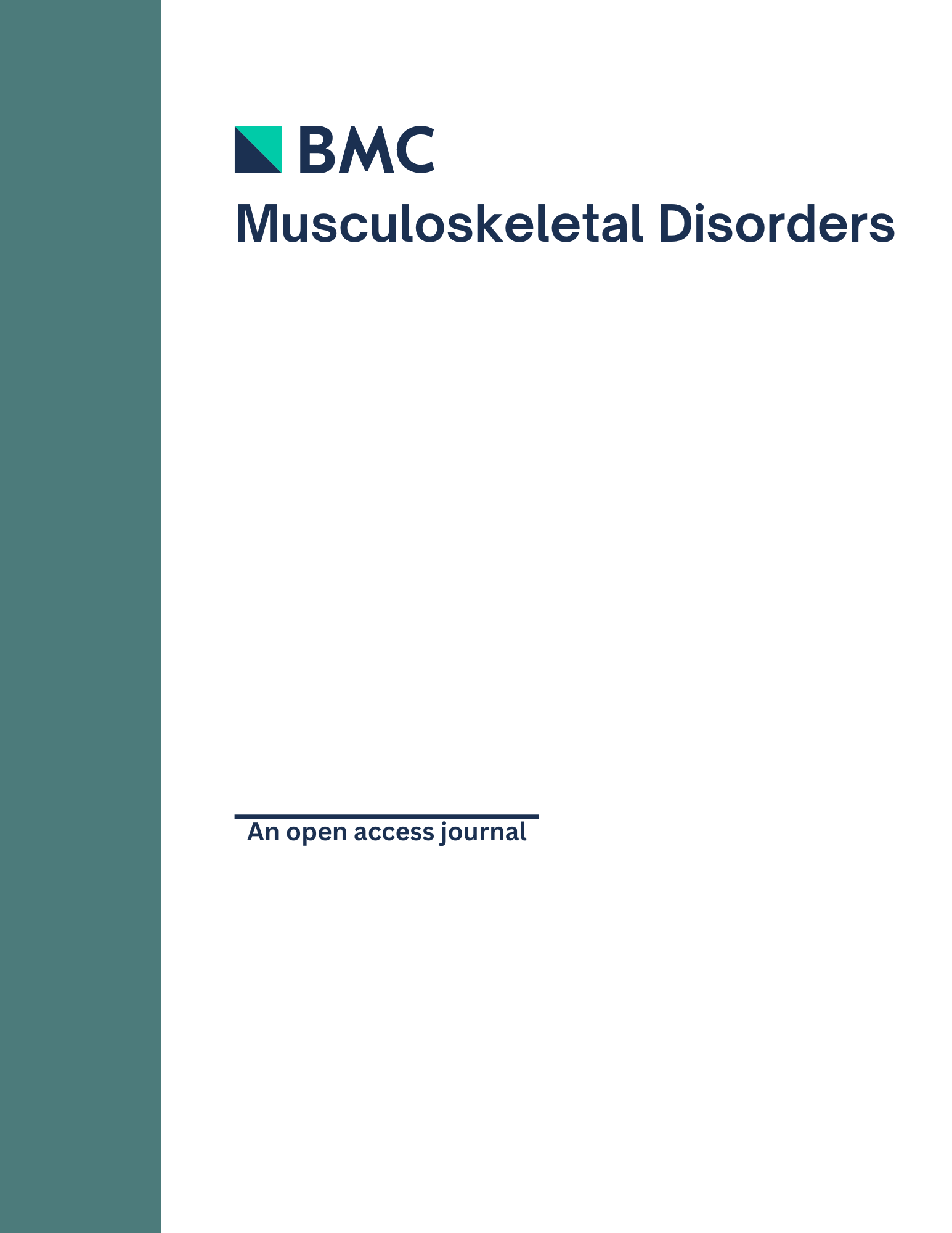
Manual therapy and active exercises improve disability in patients with CNLBP

Manual therapy and active exercises improve disability in patients with CNLBP
Manual therapy followed by specific active exercises versus a placebo followed by specific active exercises on the improvement of functional disability in patients with chronic non specific low back pain: a randomized controlled trial
BMC Musculoskelet Disord. 2012 Aug 28;13:162. doi: 10.1186/1471-2474-13-162.Did you know you're eligible to earn 0.5 CME credits for reading this report? Click Here
Synopsis
42 chronic non-specific low back pain patients without co-morbidities were randomized to receive spinal manipulation plus active exercises or detuned ultrasound plus active exercises. The results of the study indicate that manual therapy alone produced a slightly greater immediate analgesic effect, but the combination of manual therapy and active exercises resulted in reduced disability and a trend towards lower back pain.
Was the allocation sequence adequately generated?
Was allocation adequately concealed?
Blinding Treatment Providers: Was knowledge of the allocated interventions adequately prevented?
Blinding Outcome Assessors: Was knowledge of the allocated interventions adequately prevented?
Blinding Patients: Was knowledge of the allocated interventions adequately prevented?
Was loss to follow-up (missing outcome data) infrequent?
Are reports of the study free of suggestion of selective outcome reporting?
Were outcomes objective, patient-important and assessed in a manner to limit bias (ie. duplicate assessors, Independent assessors)?
Was the sample size sufficiently large to assure a balance of prognosis and sufficiently large number of outcome events?
Was investigator expertise/experience with both treatment and control techniques likely the same (ie.were criteria for surgeon participation/expertise provided)?
Yes = 1
Uncertain = 0.5
Not Relevant = 0
No = 0
The Reporting Criteria Assessment evaluates the transparency with which authors report the methodological and trial characteristics of the trial within the publication. The assessment is divided into five categories which are presented below.
4/4
Randomization
3/4
Outcome Measurements
4/4
Inclusion / Exclusion
4/4
Therapy Description
4/4
Statistics
Detsky AS, Naylor CD, O'Rourke K, McGeer AJ, L'Abbé KA. J Clin Epidemiol. 1992;45:255-65
The Fragility Index is a tool that aids in the interpretation of significant findings, providing a measure of strength for a result. The Fragility Index represents the number of consecutive events that need to be added to a dichotomous outcome to make the finding no longer significant. A small number represents a weaker finding and a large number represents a stronger finding.
Why was this study needed now?
For approximately 10% of nonspecific low back pain sufferers, pain and disability may be experienced for a longer period of time. Unfortunately, treatment of chronic non-specific low back pain can be complicated, expensive, and inconsistently effective. This study aimed to determine whether manual therapy produces an analgesic effect and whether manual therapy followed by active exercises improves functional disability when compared to sham therapy followed by active exercises.
What was the principal research question?
Does manual therapy followed by active exercises improve the functional disability of patients with chronic non-specific low back pain when compared to sham therapy followed by active exercises, 6 months after treatment?
What were the important findings?
- Immediately after manual therapy or sham therapy, the patients who received manual therapy experienced a significant reduction in mean pain level when compared to the patients that received sham therapy (Mean difference: -0.76 VAS; 95% CI: -1.22 to -0.30).
- The patients that completed manual therapy followed by active exercises displayed a trend towards a significant reduction in pain when compared to the patients that completed sham therapy followed by active exercises (Mean difference: -1.24; 95% CI: -2.73 to -0.30; p=0.032).
- Disability was found to be significantly less among the patients that underwent manual therapy and active exercise when compared to the patients that underwent sham therapy and active exercise (Mean difference: -7.14; 95% CI:-12.8 to -1.52; p=0.013).
- At the immediate and 3 month follow-ups, there was no significant difference in mean Shirado score (erector spine and abdominal muscles endurance) between the two treatment groups (p=0.352 and p=0.246, respectively), but at the 6 month follow-up, the Shirado score was significantly lower among the patients that underwent manual therapy than the patients that underwent the sham therapy (p=0.031).
- There were no significant differences in Sorensen scores or Fear-Avoidance Beliefs Questionnaire scores between the treatment groups.
What should I remember most?
The data suggests that manual therapy provides immediate analgesic effects. The combination of manual therapy and active exercises improved disability and displayed a trend towards significantly reducing pain. The combination of sham therapy and active exercises significantly improved mean Shirado scores.
How will this affect the care of my patients?
The study suggests that manual therapy may provide immediate analgesic effects and the combination of manual therapy and active exercises may significantly improve disability and display a trend towards significantly improving pain. Further research using larger sample sizes are required to detect significant differences in study outcomes.
Learn about our AI Driven
High Impact Search Feature
Our AI driven High Impact metric calculates the impact an article will have by considering both the publishing journal and the content of the article itself. Built using the latest advances in natural language processing, OE High Impact predicts an article’s future number of citations better than impact factor alone.
Continue



 LOGIN
LOGIN

Join the Conversation
Please Login or Join to leave comments.